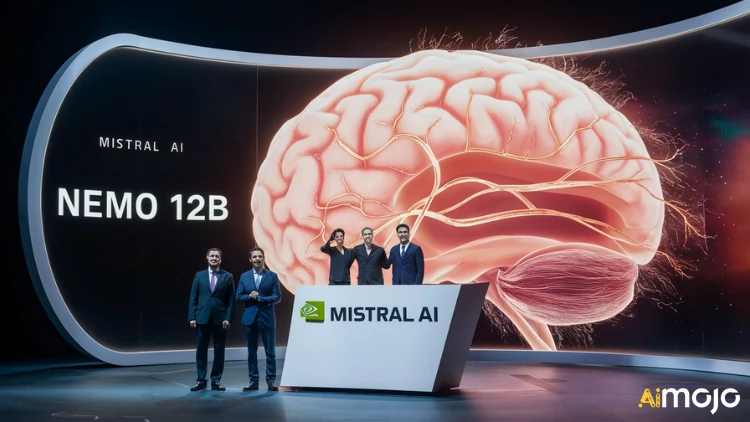London-based AI lab Odyssey is taking its first steps toward reshaping how we experience video content. Their newest research model doesn’t just play video—it transforms it into a world you can explore and influence in real-time. Think: early Holodeck vibes, with an experimental edge.
The project started as a tool for generating AI-based environments for film and gaming. But it’s quickly turning into something more: a platform for real-time, interactive storytelling that could eventually redefine entertainment.
From passive to playable
Unlike traditional video, Odyssey’s AI-generated worlds react to your actions—whether you’re using a phone, keyboard, or controller. Every 40 milliseconds, the model generates a new frame based on what just happened and what you do next. The effect? Something that feels responsive, unpredictable, and alive.
Right now, the experience is rough around the edges. Odyssey calls it “a glitchy dream,” but the foundation is there—interactive video that isn’t pre-programmed but evolves dynamically as you engage with it.
The power behind the pixels
At the heart of this system is what Odyssey refers to as a “world model.” Instead of stitching together pre-rendered scenes, this model builds each frame on the fly—responding to a mix of current state, user input, and previous frames. It’s like how a language model predicts the next word—but with video instead of text.
It’s not just a technical party trick. This method allows for emergent interactions that aren’t explicitly coded by developers. The AI learns how to “guess” what should happen next, making every interaction a little different—and more organic—than a scripted game.
Fighting AI’s video demons
Generating interactive video isn’t easy. One of the biggest problems Odyssey faced was “drift”—small errors that snowball until your world breaks down into chaos. To stabilize things, they pre-trained the model on general video data, then fine-tuned it on a curated subset of environments.
The result is fewer settings for now, but far greater reliability in those scenes. Odyssey is already at work on the next version of their model, promising higher fidelity visuals, richer interactions, and more complex dynamics.
The cost of magic
Rendering this experience in real-time still requires heavy lifting. Each user session costs between £0.80 and £1.60 per hour, powered by H100 GPU clusters across the US and EU. But that’s still far cheaper than the budget for producing traditional cinematic or AAA game experiences—and costs are expected to fall quickly with optimization.
What comes next?
If Odyssey’s experiment pans out, this could be the beginning of a new storytelling era. One where the audience doesn’t just watch—they participate. Training videos, educational simulations, interactive advertising, immersive tourism… the use cases are endless.
It’s early days, but this is more than a gimmick. Odyssey’s tech is pointing toward a future where video becomes a medium you live in, not just look at. And while it might not be perfect yet, it’s one of the most exciting prototypes to emerge in the intersection of AI and immersive media.









